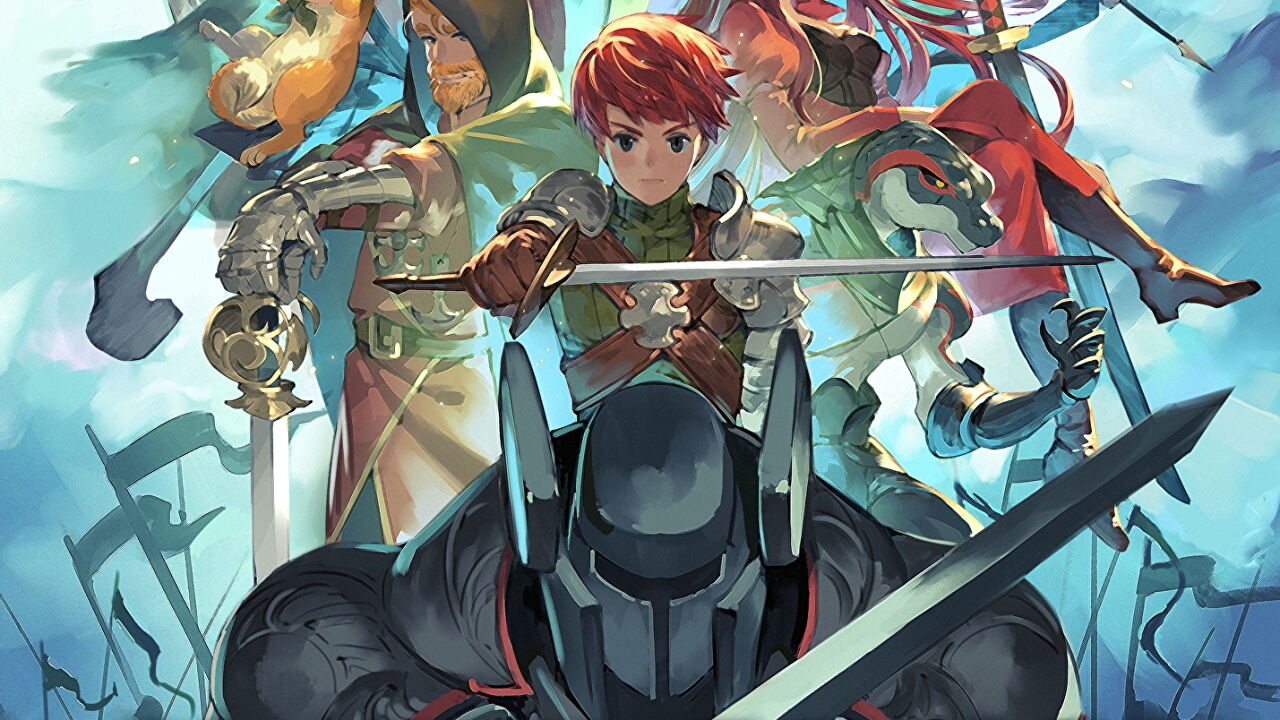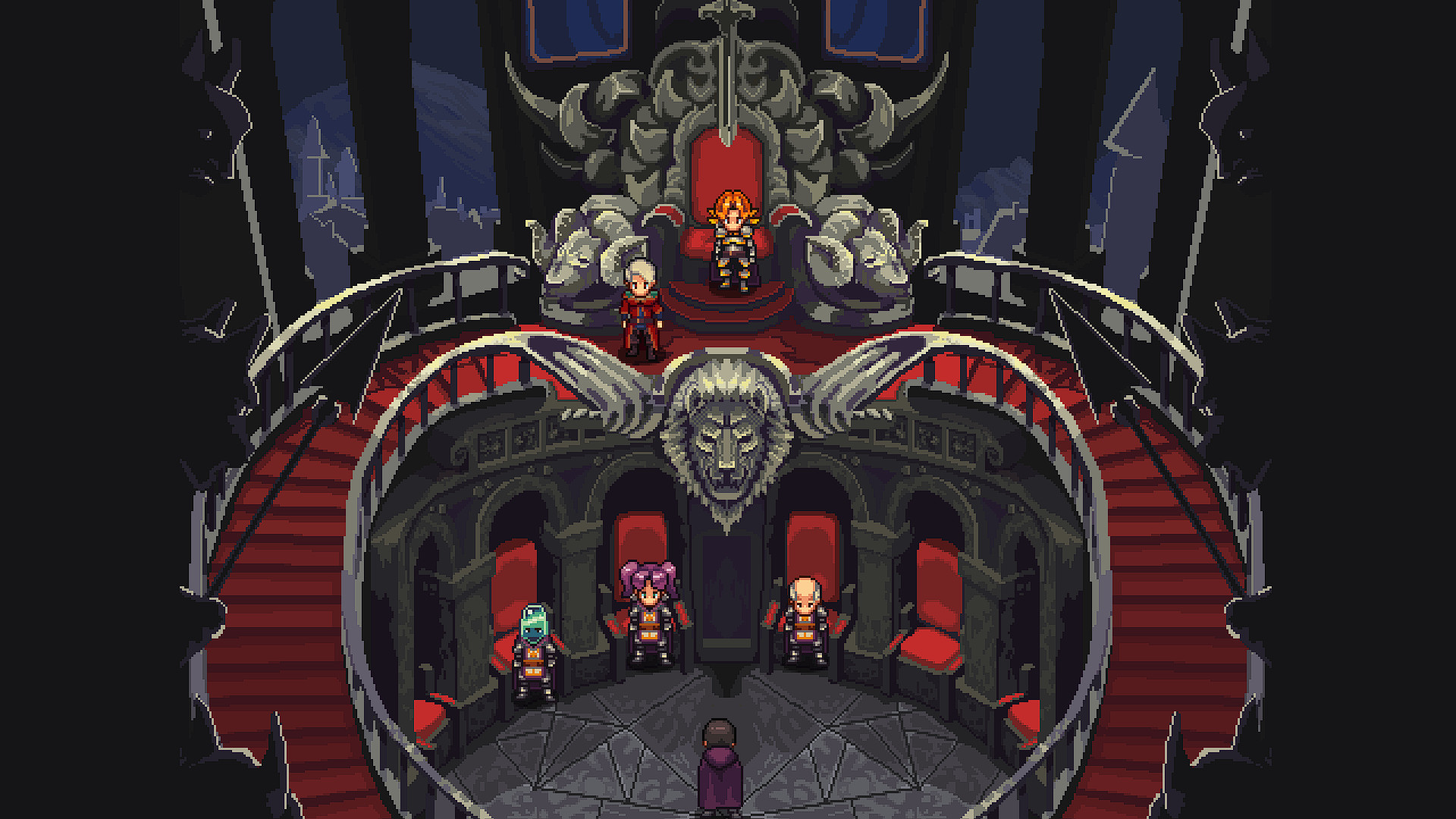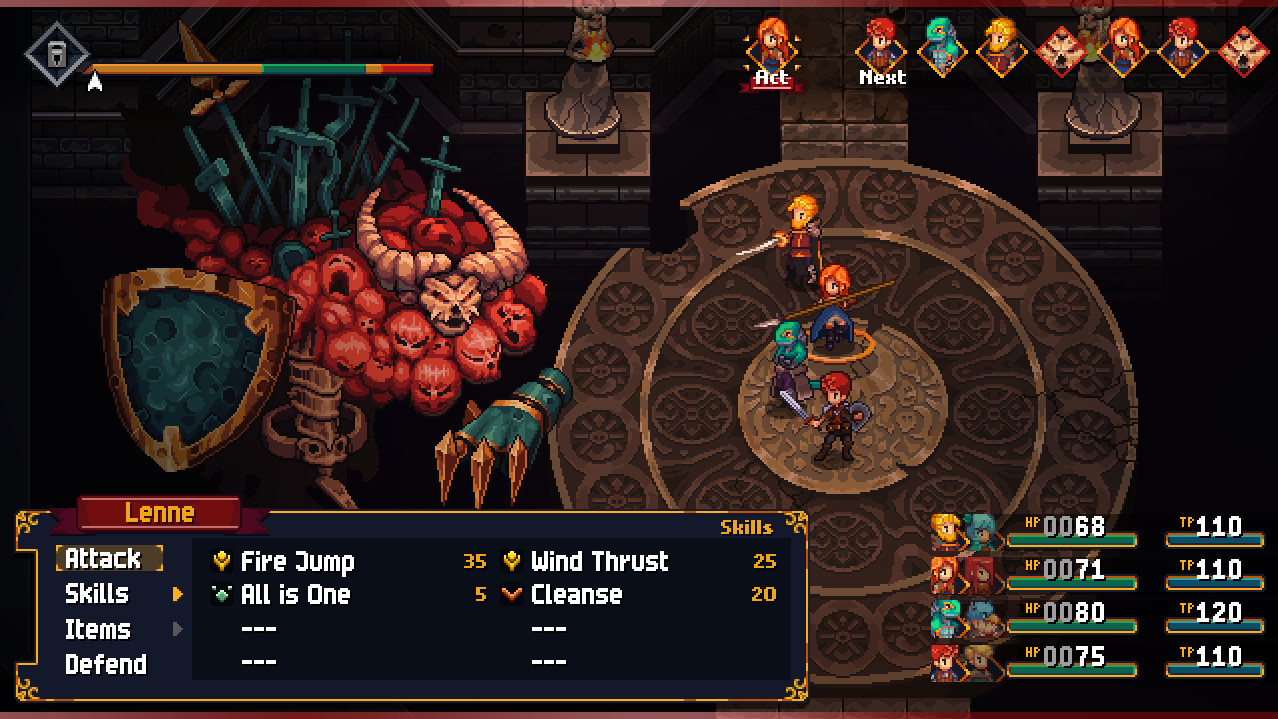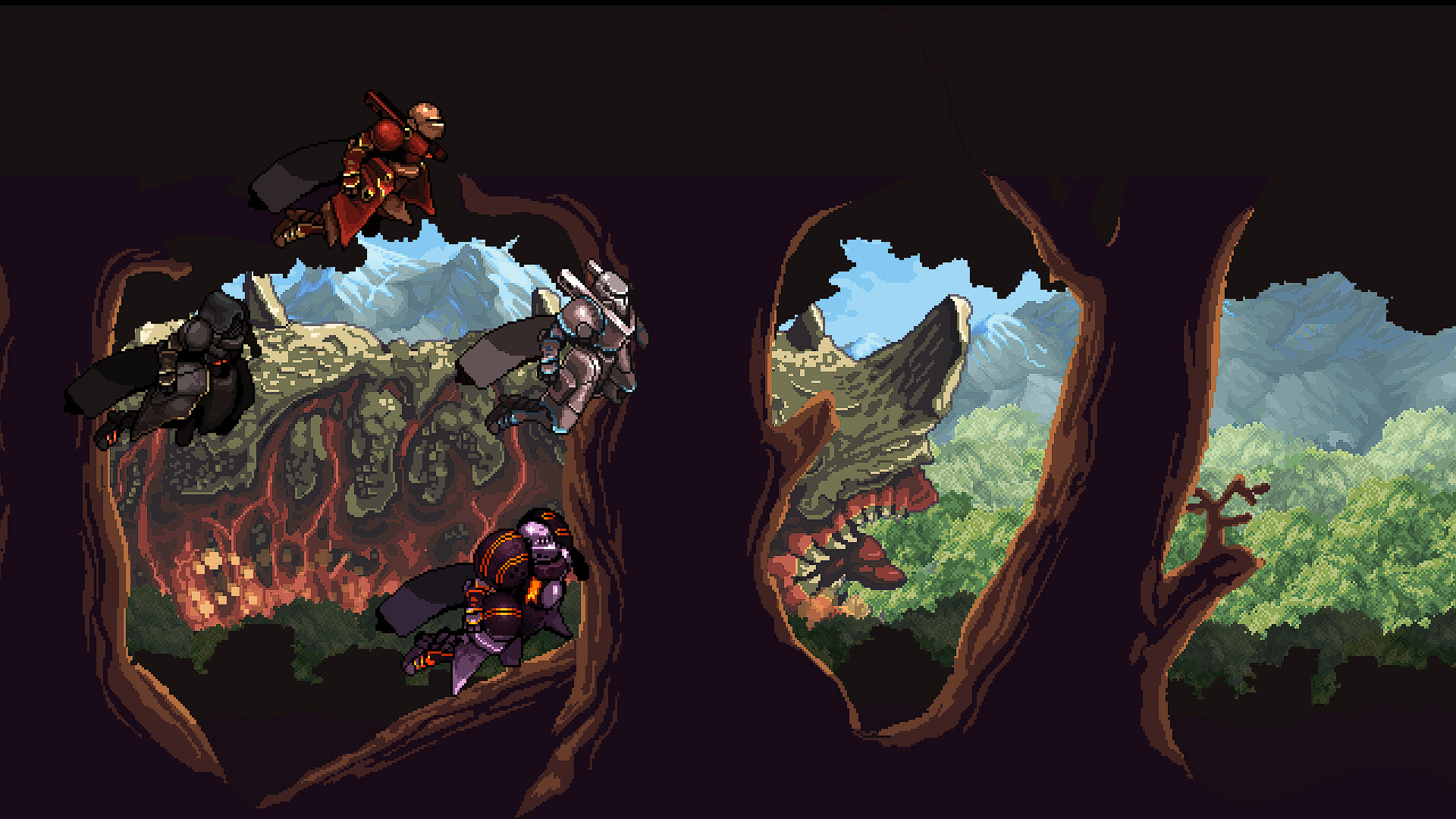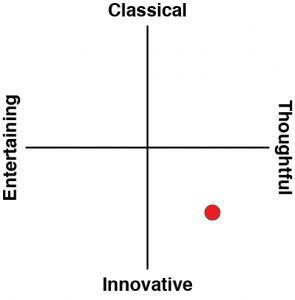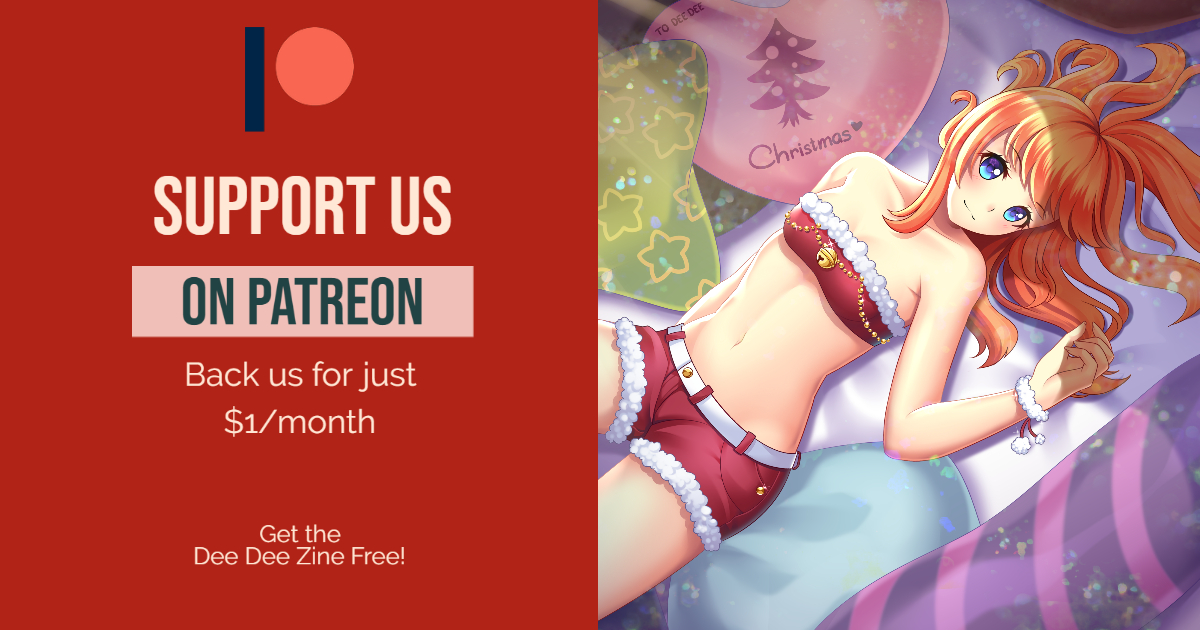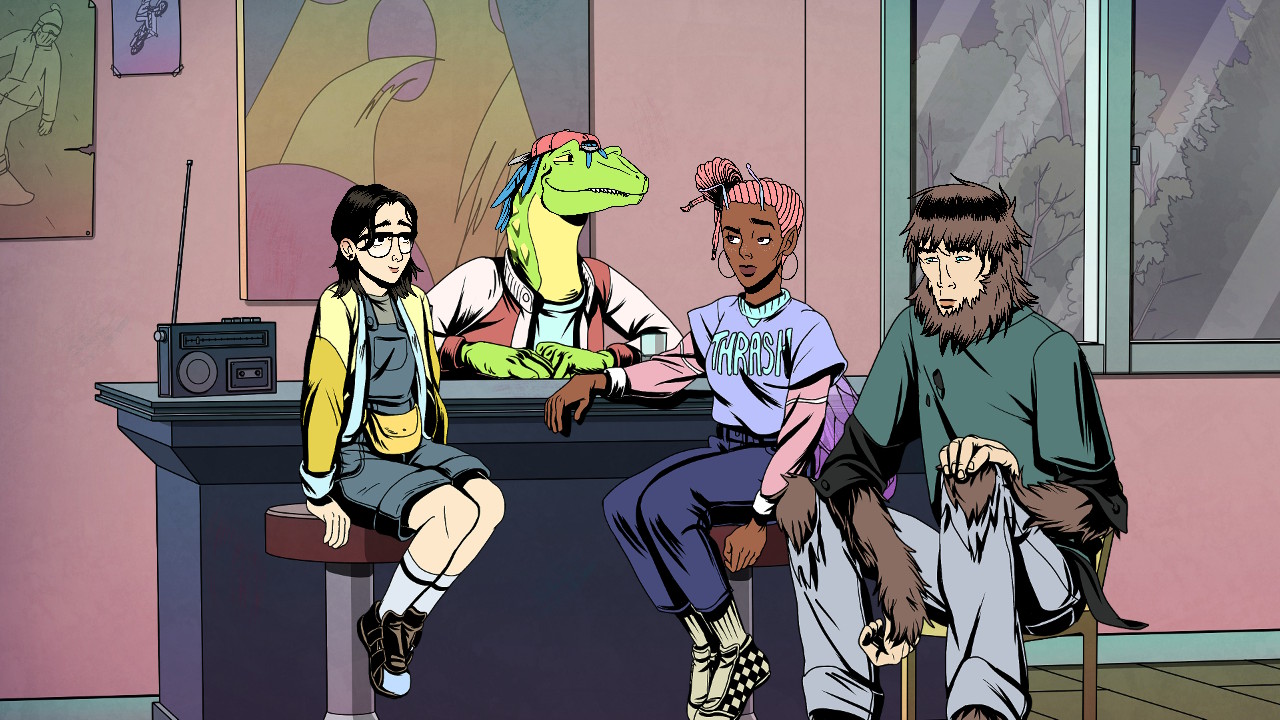One of the things that made the truly memorable pixel-era JRPGs like Final Fantasy IV-VI, Chrono Trigger, Secret Of Mana and Dragon Quest IV-VI so special was that they backed the classic turn-based JRPG action that people loved with narratives that were genuinely intelligent and had serious things to say. Entire books of philosophical essays have been written about these games. This is what makes Chained Echoes stand out among all the modern efforts to do retro homage JRPGs.
Too many retro homage JRPGs are successful in aping the pixel aesthetics and turn-based combat but fall short in the one thing that really matters. Without a narrative that has something to say, these games are generally just exercises of running around in a circle, levelling up, and then fighting ever-more powerful enemies. Because they so fundamentally misunderstand what made the greats of that era so memorable, these games are generally little more than hollow, empty pastiche.
Chained Echoes is different. The game plays nicely and even has some neat little homages to the classics along the way (there’s a battle with a giant octopus while your party rides a raft, and yes, every JRPG veteran knows what that’s a reference to). However, the game’s real strength is its narrative.
Across the 35 or so hours that it takes to finish the game, Chained Echoes delivers a true epic, with a complex plot that examines and criticises a wide range of different political perspectives, an inter-generational war that has persisted between three mighty nations (and that certain prominent people within each benefit from having it continue), and a ragtag band of heroes that fate brings together to prevent some earth-shattering events. From clandestine cloak-and-dagger plotting to warfare that references the landing on Normandy, Chained Echoes confidently juggles so many influences, motifs and themes that it’s amazing to think that this entire game is the creative vision of a single person. This is very mature writing.
It’s also full of personality. This ensures that each character in the rather large group you interact with and have join your party is more than just a resource to throw into combat. My personal favourite would have to be the Shakespeare-like figure, who belongs to an elf-like race that never ages, but the princess-in-disguise, the red-haired thief woman and the grizzled mercenary veteran all have interesting stories of their own. These stories are both familiar to the JRPG genre, but also written to stand out, much like how Terra in Final Fantasy VI is both the game’s mage-type woman, but also a memorable character that transcends her typecast. The developer of Chained Echoes has even managed to ensure that there are small moments of gameplay that directly build character. The red-haired woman can go on a thieving spree, but if she does, a cutscene, later on, makes it clear that the city watch are on high alert, and the treasure that she can claim out of one particular chest is much less than if she kept her sticky fingers to herself.
This, again, is excellent JRPG writing. Most developers – especially those setting out to make a “retro homage” – simply have “nostalgic” and generic character types. They’re not generally memorable and make you wish that you were just playing the original games they’re so desperate to clone. Chained Echoes reaches above and beyond with its characterisation, and I’ll remember this mob for some time to come.
The gameplay, likewise, so perfectly straddles being a homage and being its own thing that it’s quite incredible. The main goal in combat with this one is to get your party into a state of “overdrive” and then keep them there. On the top left of the screen is a bar and an arrow that moves up and down it as you use attacks and get hit. In the middle of the bar is the “overdrive” area, and as long as the arrow is in this spot, your attacks are more effective and cost fewer resources to use. Attack too much and overcook the bar and your entire party will start taking massive damage from enemies. Let the gas off the pedal too much and the party will really struggle to do much damage to enemies.
This gives the combat system a particular rhythm. You’ll be careful to use defensive abilities and other tricks to stop that little bar from travelling too far in either direction. Given that each character also has a very different set of abilities, you’ll need to continue to adjust your strategy on the fly. boss battles, in particular, are a lengthy and strategic puzzle to unravel.
Dungeons and levels are also beautifully designed. You’ll constantly see treasure chests and other interesting things just out of reach, and then set about figuring out how to reach them. Inferior JRPGs make these things difficult to spot in the first instance. However, Chained Echoes makes sure you can see them and will miss nothing if you’ve committed enough to fully scrub the environments. This kind of level design isn’t easy. Make the chests too easy to grab and you’re playing a sequence of pathways that lead you by the nose. Make them too difficult to reach and you frustrate players. Chained Echoes gets it so very right.
Finally, the game is absolutely gorgeous. At a quick glance at the screenshots, I thought it was a glorified RPG Maker project. However, it’s only once you see it in motion that you realise how carefully considered it all is. Environments are packed with rare attention to detail. Character animation is exquisite. When the game needs to get flashy with special attacks and the like, it doesn’t miss a beat. While 2D-HD tends to dominate the conversation when it comes to modern pixel games, Chained Echoes shows the ongoing value of classical sprite work done well.
There are so many “retro homage” JRPGs these days that I tend to approach them with caution. Even when they’re made well, they rarely live up to the standards of the games that inspired them. Chained Echoes not only meets that standard but, were this released back on the SNES when Final Fantasy IV, V, and VI were flying high, people would have considered them comparable. It’s more than a homage. It’s a genuine and powerful contribution to the genre.
